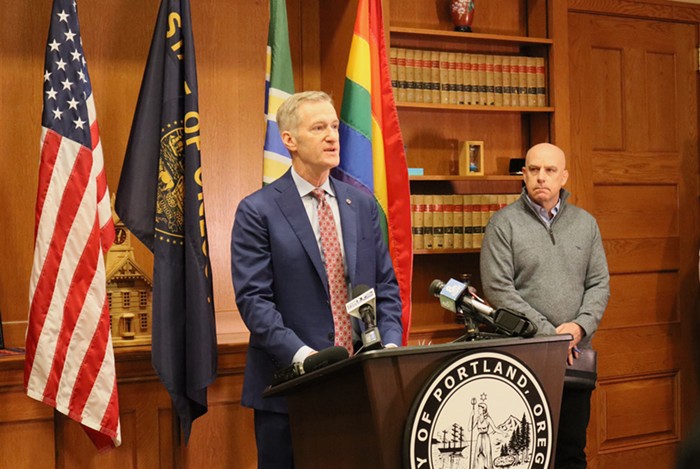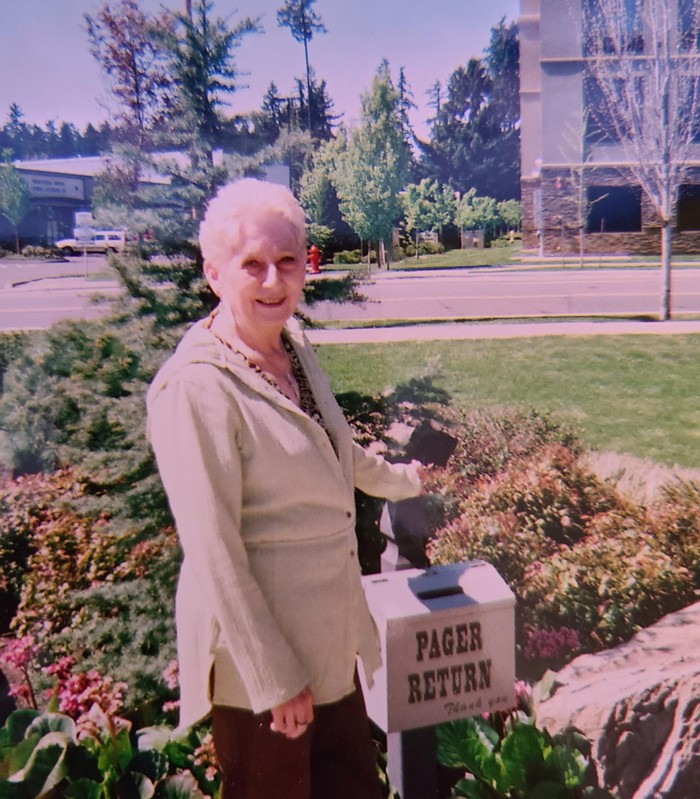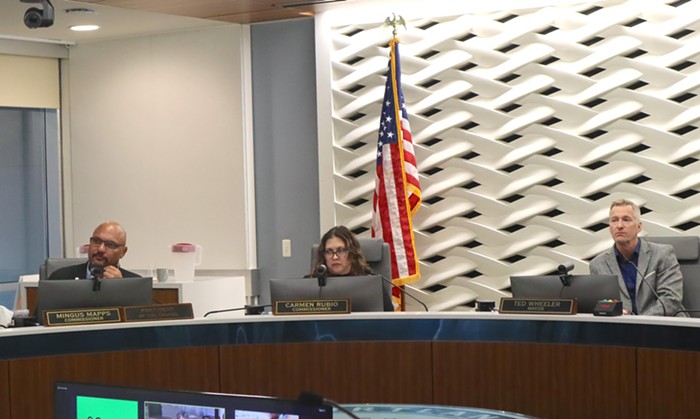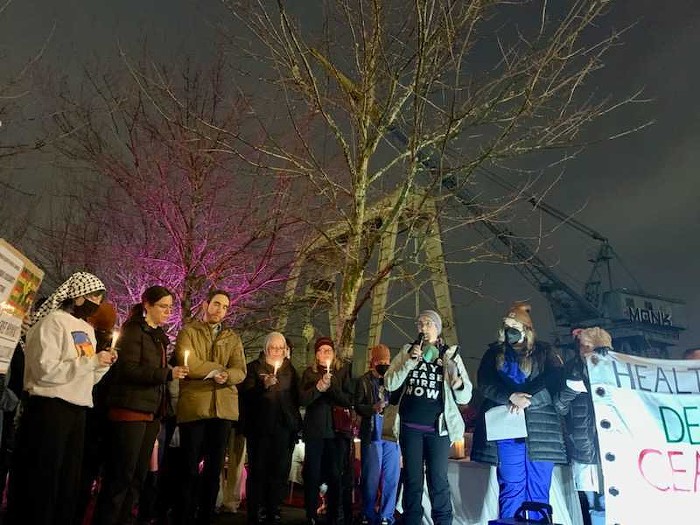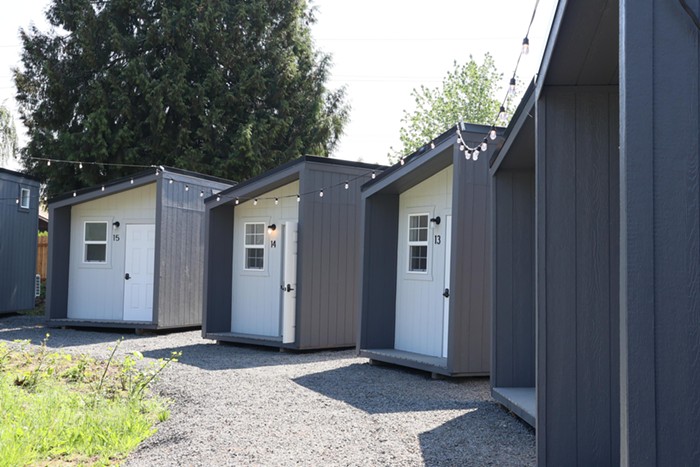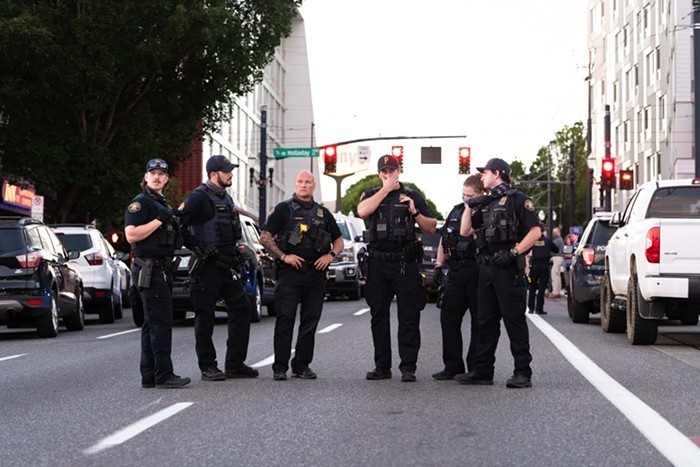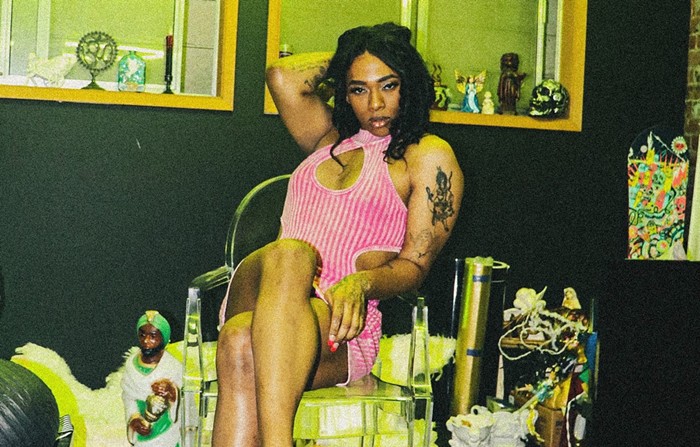
Portland Housing Bureau has released it's "State of Housing" report for 2017 is out, and it's a mixed bag. Rents are still rising (though at a slower pace) and the most affordable areas in East Portland have it the worst, leading to displacement of working class communities.
But according to Mayor Ted Wheeler's foreword to the report, "In the last year, the city more than doubled the number of affordable housing units it opened over the previous year, and there are currently more than 700 newly affordable units under construction and slated to open in 2018." Another 1,300 should open in 2019.
Portland City Council is set to hear about the report at a May 3 council meeting.
The affordability report analyzed 24 different neighborhoods in the Portland area and found that only two of them are affordable to with three-person household at 60 percent of Area Median Income—122nd-Division and Centennial-Glenfair-Wilkes—compared to four neighborhoods the previous year.
What's worse: "There are no neighborhoods affordable to rent for the average Black, Latino, Native American, and single mother households." Even historically affordable East Portland is becoming gentrified and pushing people out—probably because half of the city's total population growth is going to East Portland. Also moving at a fast pace is the so-called Central City, which encompasses Old Town, Downtown, and the inner east side, and grew by over 8,000 people between 2000 and 2015.
And even though 83,000 people moved to Portland between 2000 and 2015, the Black population is actually decreasing. That, in conjunction with unaffordable rents, is "strong evidence of persistent racial inequity in housing and opportunity in the city," according to the report.
Homeownership rates among people of color are still abysmally low, despite city efforts to change that. White people still own a lot of houses—only 44 percent of white people rent (Asians households around the same level), compared to nearly 70 percent of Latino, Black and Native American communities. The percentage of renters is increasing steadily in Portland, meaning renters may soon outnumber homeowners.
"Approximately 72,585 Portland renters earn 80 percent of the Area Median Income or less. More than 31,680 of them are severely cost-burdened—spending 50 percent or more of their income on housing—putting them at substantial risk of displacement."
Around 4.2 percent of the population of Portland was homeless in 2017, and communities of color are over-represented here as well compared to their share of the overall population. Nearly 50 percent of the unsheltered population was concentrated in Downtown, Old Town, and Southeast Portland.
As for creation of new housing: Portland added 4,419 new units of housing in 2016, the vast majority being multi-unit buildings. "MLK Alberta, Lents-Foster, and Interstate Corridor neighborhoods accounted for nearly one-third of the single-family units permitted and produced in 2016," the report finds. Most of the multi-unit buildings are concentrated closer to downtown, and based on a cursory observation of how often I trip on construction equipment in that area, I'm guessing that trend shall continue. Construction has been higher than ever in the past few years.

As far as rents go, there's good news and bad news.
Studios are getting cheaper—average rent dropped by 3.3 percent across Portland, though the Gateway neighborhood, which allegedly used to be affordable, saw average rents skyrocket by 83 percent on studios last year. 83 PERCENT. Multi-bedroom rentals are also getting significantly more expensive: 5.2 percent more costly for 2-bedrooms and a whopping 9.9 percent more expensive for 3-bedrooms.
There are some bold goals outlined in the report, like using the Portland Housing Bond to create 600 units of housing for the very poorest households and locating affordable housing in regions of the city where very little is currently available. The bureau also wants to make 30 percent of the housing in the central city affordable to low-income people, and the report says it's meeting that goal with over 7,000 units of publicly supported affordable housing in the area.
